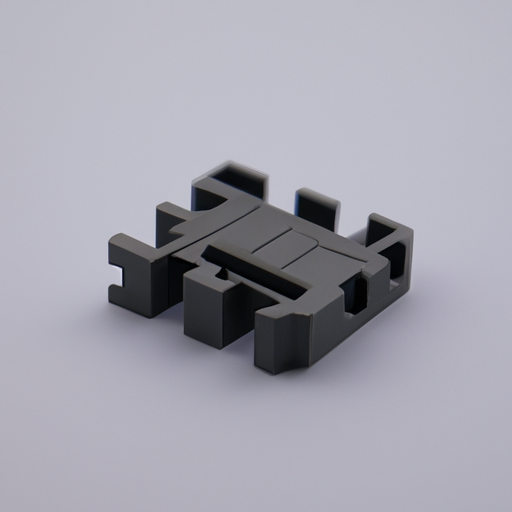Core Functional Technology of Latches
1. Definition: A latch is a fundamental memory element in digital electronics that retains a binary state (0 or 1) until it is changed by an input signal. Unlike flip-flops, which are edge-triggered, latches are level-sensitive, meaning they respond to the level of the input signal rather than its transitions.
| 2. Types of Latches | |
| 1. Data Storage in Microcontrollers | |
| 2. State Machines | |
| 3. Debouncing Switches | |
| 4. Memory Elements in FPGA Designs | |
| 5. Control Logic in Digital Circuits |
3. Operation: Latches utilize feedback loops, where the output is fed back to the input to maintain the state. This feedback mechanism allows latches to hold their state indefinitely until a change is triggered by the input signals.
4. Applications: Latches are extensively used in digital circuits for temporary data storage, state retention, control signal generation, and more.
Application Development Cases
Conclusion
Latches, including those that can be implemented using components like the MM74HC139N, are essential in digital electronics. Their ability to hold and maintain state makes them invaluable in various applications, from simple data storage to complex control systems. Understanding their functionality and application can lead to more effective designs in digital systems, enhancing performance and reliability. By leveraging the unique characteristics of latches, engineers can create innovative solutions that meet the demands of modern electronic applications.






